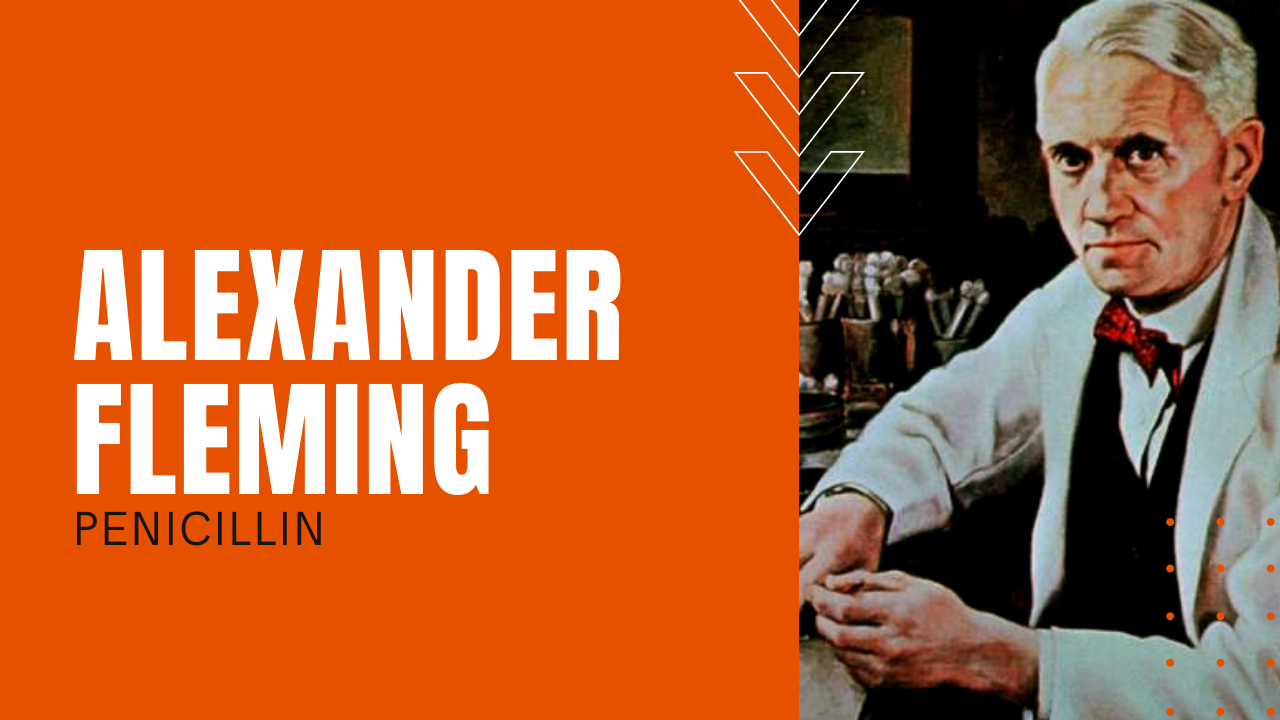Alexander Fleming Discovers Penicillin

Perhaps one of the most significant scientific discoveries in modern medicine, in 1928, Scottish born physician and scientist Alexander Fleming began a series of experiments involving common staphylococcal bacteria.
How Did Alexander Fleming Discover Penicillin?
When an uncovered Petri dish sitting near to an open window became contaminated with mold spores, Fleming noted that the staphylococcus clusters in direct proximity to the mold colonies were dying, as evidenced by the dissolving and clearing of the surrounding agar gel.
Fleming went on to identify the mold as a member of the Penicillium genus, further discovering that his accidental mold contaminant was extremely effective against all Gram-positive pathogens, which were known to be responsible for diseases such as scarlet fever, pneumonia, gonorrhea, meningitis and diphtheria. He further discerned that it was not the mold itself that did the killing, but some ‘juice’ the mold produced that had killed the surrounding bacteria.
“When I woke up just after sunrise on September 28, 1928,” he would later recall, “I certainly didn’t plan to revolutionize all medicine by discovering the world’s first antibiotic, or bacteria killer. But I suppose that was exactly what I did.”
Although Fleming published his discovery of penicillin in the British Journal of Experimental Pathology in 1929, the scientific community greeted his work with little enthusiasm. While Fleming had difficulty isolating his mold juice, in 1940, scientists Howard Florey and Ernst Chain began mass-producing penicillin, fortuitously near the start of World War Two. Fleming would receive many awards for his discovery, including the Nobel Prize in Physiology and Medicine in 1945.
